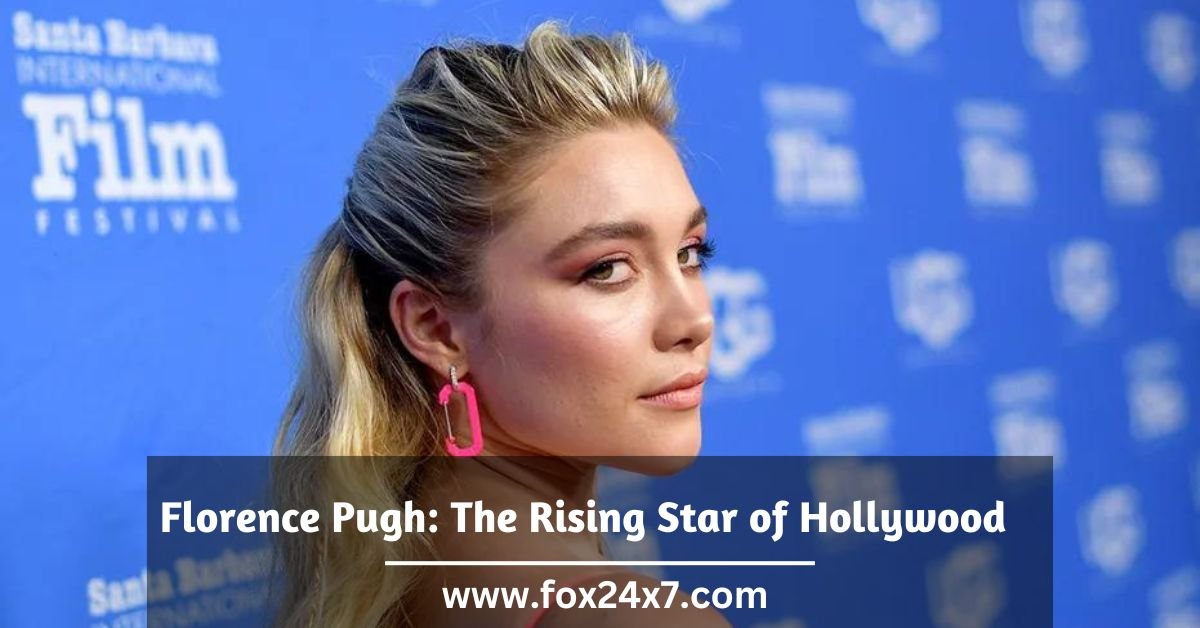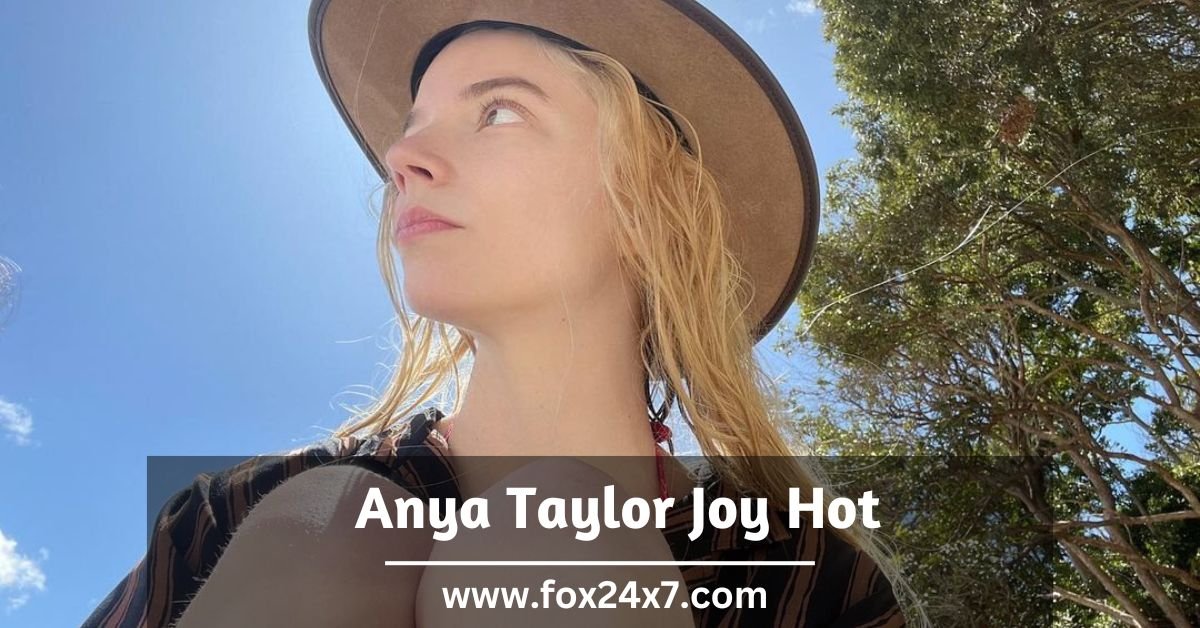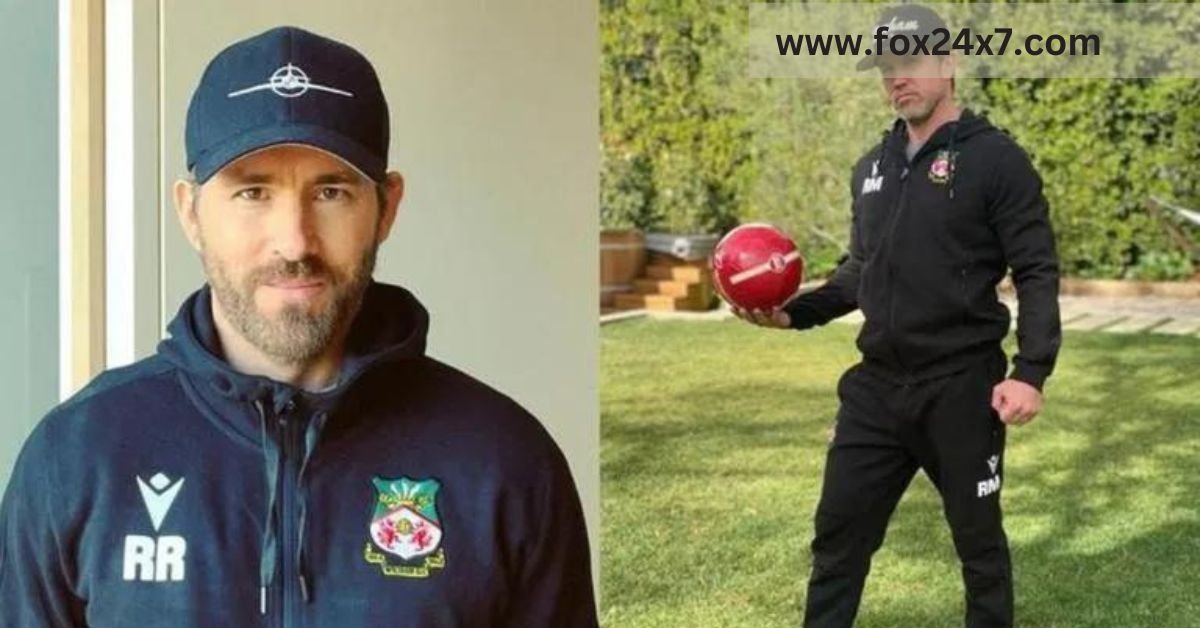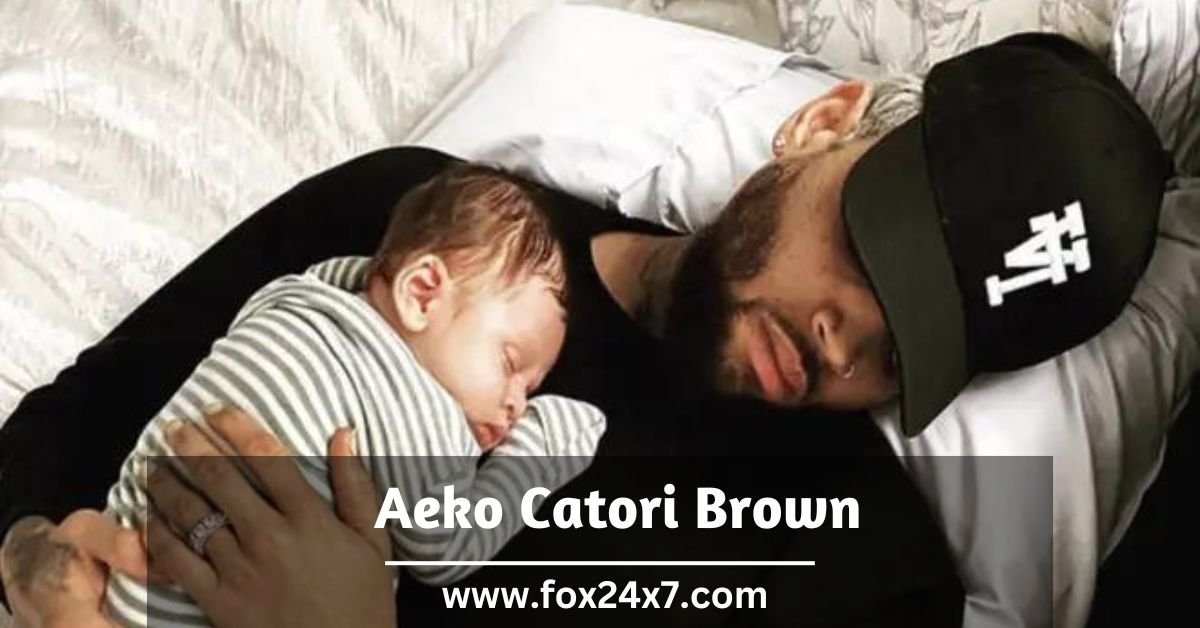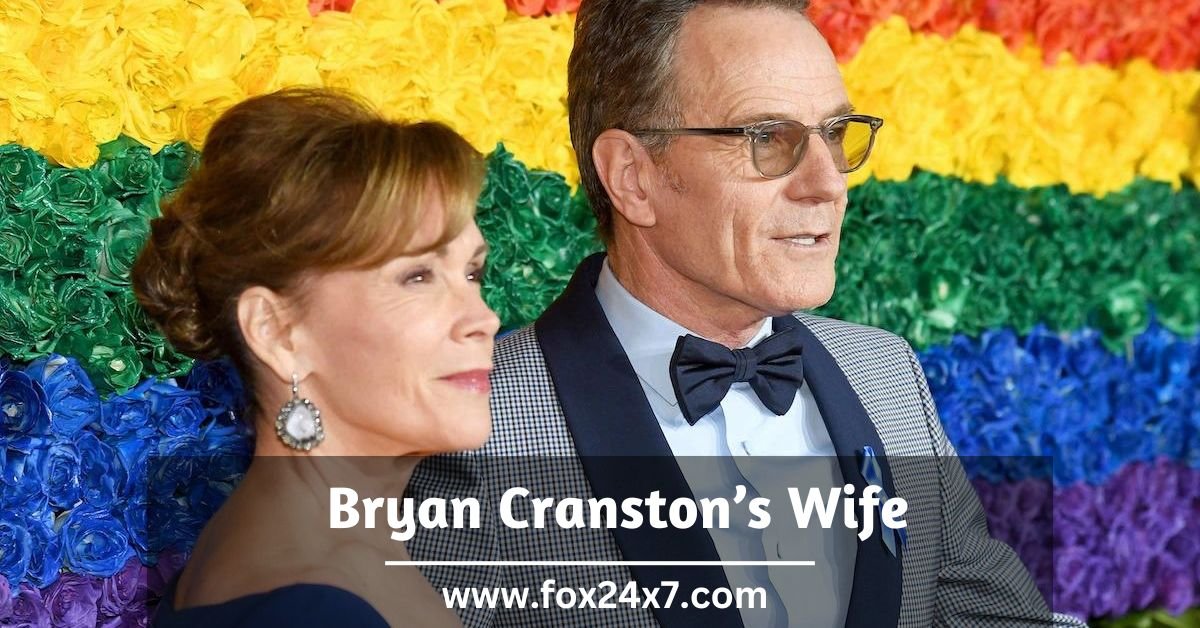Bessie Cavallo: Radium Girls stars Emmy and Golden Globe nominee Joey King and Abby Quinn as Bessie and Jo Cavallo and is based on historical events from the 1920s. While painting glow-in-the-dark watch dials at the American Radium factory in New Jersey, the teen sisters fantasize about Hollywood and Egyptian pyramids. Bessie’s world is flipped upside down when Jo loses a tooth, and a mystery eventually unfolds.
Radium Girls represents the feature directorial debuts of Emmy Award winner and Academy Award nominee Lydia Dean Pilcher and filmmaker Ginny Mohler, who co-wrote the award-winning original script with Brittany Shaw.
Lydia Dean Pilcherwhy agreed to speak with me. She stated her reasoning and how it impacted her |
Bessie Cavallo

Nancy Tapia: Thank you, Nancy. Let’s talk about something on which you can give us a lecture. Radium Girls has a long and illustrious history. I had the opportunity to chat with Ginny Mohler, who told me more about the film and your role as director. The black and white film segments were one of my favorite sections. So, how did that happen? Is that vintage footage, or was it made recently?
Pilcher, Lydia Dean: The majority of the archive footage in the film is historically accurate and was shot at the time. Ginny and another writer, Brittany Shaw, worked for the History Channel as archival researchers, working on various documentaries that required historical videos. Did Ginny say that’s how she found out about the storey?
Nancy Tapia: She did, really.

Lydia Dean Pilcher: That’s right. Not just because of the discovery of the Radium Girls narrative, but also because Brittany and Ginny were so absorbed in what the world looked like during our period, we’ve profited much.
They were able to bring that kind of world-building backdrop of the Radium Girls’ time to life. We were an independent production working on a shoestring budget, so it was exciting to be able to use authentic archival footage, but we wanted to weave it into our storey.
So we developed Etta (Susan Heyward), a character from Tulsa, Oklahoma. Her family’s photographic studio was destroyed in the race riots, so she relocates to the East Coast and becomes associated with other political activists and picking up on the storey of the radium girls.
As a result, it’s a method of experimenting with journalism, photography, and preserving our history via Etta’s lens. We used some of our performers as one of the methods to weave that more organically into the plot. On a Bolex 16mm camera, we used black and white film. We were able to intercut it with some of the archives, giving the impression that “Oh, our characters” were all part of the same reality. Our characters are immersed in the world of history and the storey we’re telling.
Nancy Tapia: Thank you, Nancy. One of my favorite bits was that. I liked how you incorporated that because it makes you feel like you’re in your twenties. Thank you so much.
Lydia Dean Pilcher: That’s great. I’m glad you like it.
N. Tapia: Merci, Nancy. So, where did you shoot? Is it possible in Jersey?
Lydia Dean Pilcher: Well, we filmed in both Lake George and Glens Falls, New York, in upstate New York. I was a New York Women in Film writer’s retreat mentor. The getaway was stunning.
I didn’t even realize it till we arrived and all of us piled off the bus. We were standing in front of a magnificent Victorian mansion on the river’s edge. It was a vacation home given to factory women in Glens Falls at the textile plant.
It is still used as a women’s retreat today. So I said to myself, “Oh, we’ve discovered the location.” It was incredible. The state of New York offers a generous tax credit for filming. So we were ecstatic to put all of those elements together and focus our tale there.
N. Tapia: Merci, Nancy. Joey King’s character Bessie was a main character. How did you realise she was the right fit?
Lydia Dean Pilcher: Well, we did a lot of original research for the story’s inception. Ginny had discovered the diaries of one of the Radium Girls. She sounded exactly like the Bessie in the script.
She was gifted with a vivid imagination. Joey had a vibrant energy and a joie de vivre about her that made it feel like she was the one telling the narrative. She also exudes a lovely deep, almost period quality throughout her entire presence.
So it’s a little different from some of the things she’s done after The Kissing Booth’s success, and even for deep dramatic explorations. And The Act, for which she received a Golden Globe nomination.
But she was fantastic. Joey and Abby Quinn, who plays Jo, have a terrific relationship. They are cousins. You can sense the links, but you can also sense the dynamism between them, not just from their differing points of view, but from how well they are matched in life.
Nancy Tapia: Thank you, Nancy. Doris was played by Colby Minifie. I imagined the pain every time her character talked. I sympathised with her. She is also well-known for her role in The Boys. You have an excellent cast.
Lydia Dean Pilcher: That’s right. Colby is fantastic. Colby is fantastic, and her character portrayed one of the manufacturing workers who had progressed a bit further in the luminous sickness, as you could tell. Radium did, in fact, have a wide range of effects on people.
However, the degradation of your bones, particularly in the jawbone area where women were pointing with brushes, is visible.
It quickly infiltrated the tooth cavities, and infection levels were higher in that area of the body. But we could see what was progressing and happening even as she was ahead of the curve in terms of what we were seeing with Jo.
Nancy Tapia: Thank you, Nancy. Which one do you think was the most difficult to handle out of these diverse scenarios?
Lydia Dean Pilcher: I’m not sure Ginny and I would choose the same scene. The sequence regarding the settlement is one of my favorites because it demonstrates how even though there was a settlement, it was achieved organically.
While it was a celebration for some women, it didn’t feel that way for Bessie, who was in the middle of it. Jo takes on the center’s role, bringing Bessie around to her point of view. “I’ll tell you something I learned a long time ago,” says Katherine Wiley.
It’s never going to end. The battle rages on. You must continue to fight.” In retrospect, we can see that the Radium Girls had a significant impact on industrial regulation.
Scientists and the EPA have told me that the Radium Girls cases are still being used to advocate for harmful chemical laws today. But it didn’t feel like a win for Bessie at the time, and something was going on that she would probably only realize afterward. That was a complex scenario to film, but I’m pleased with how things turned out.
Nancy Tapia: I wasn’t expecting something like that to happen. I wasn’t expecting that scene. After all, you’ve been on trial. I had the same feeling as Bessie, like, “Wow, we’re giving in,” or something along those lines.
Lydia Dean Pilcher: That’s right. It’s one of the things I like about history because there’s a conclusion that you have to examine. When it comes to the Radium Girls, I believe that when you consider what that tale may be as a film, you think to yourself, “Oh, who really wants to go see a film about teenage girls getting poisoned and dying?”
When you peel back the layers of the storey to see how their storey became a national storey, you’ll find that it was really on the shoulders of other women who had just gained the right to vote and were very active in industrial health because there was no regulation at the time. And they were instrumental in elevating the radium girls’ tale to where it is now. So there you have it. That is the true victory.
That is precisely why we wish to tell the tale. Hopefully, young ladies and everyone else today can be inspired by the beautiful outcomes that can be achieved when you speak up.
Nancy Tapia: Thank you, Nancy. Right. Thank you so much for taking the time to talk about Radium Girls with me, Lydia. It will be released on October 23rd. I’m sure many ladies will be interested in seeing a film about women throughout history.
Also Read:








![Buying the Dip: The Meaning And Its Importance [Markets Strategy] Buying the Dip](https://fox24x7.com/wp-content/uploads/2021/11/Buying-the-Dip--180x135.jpg)


